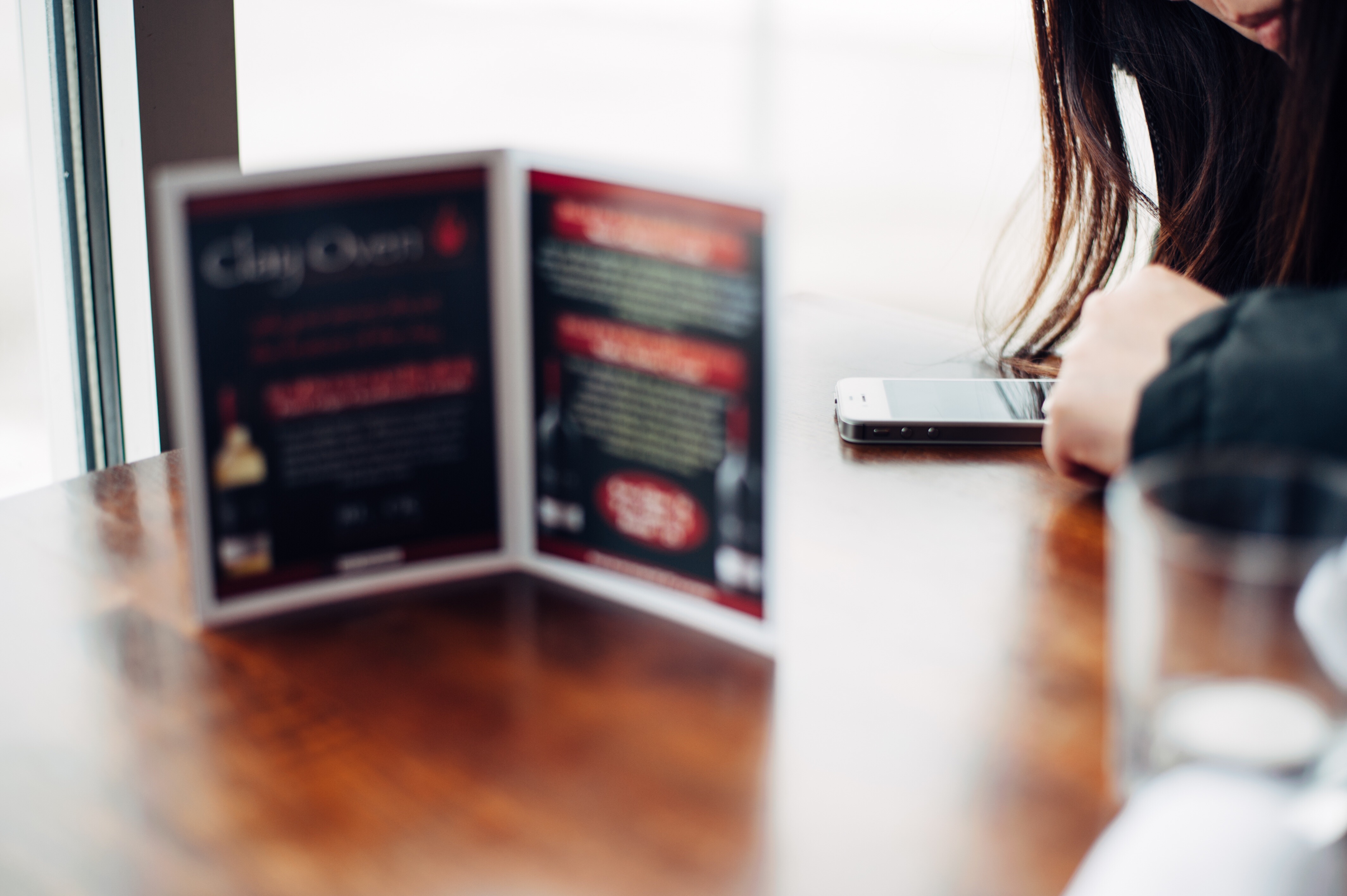Don’t Be in the Dark About Restaurant Digital Transformation
3 Min Read By Ray Reddy
A “dark kitchen” sounds like the setting of a horror movie. But they’re actually a sign of a powerful trend that’s changing the restaurant sector: the growing habit of ordering on a smartphone instead of cooking.
Numerous companies have sprung up to cater – literally – to the soaring demand for meals ordered online for pickup or delivery. It’s a shift that may appear small on the surface, driven simply by our desire to do everything on our smartphones, but these rapidly evolving customer expectations have implications that could reshape the entire restaurant industry.
Dark kitchens take this transformation to the extreme. The logic is, if customers are ordering online rather than wanting to eat in, then why spend money on a fancy dining area with staff and expensive furniture? Dark kitchens exist only to fulfil delivery orders and are generally off-limits to the public. Delivery riders coming and going are the only signs that a busy kitchen staff is turning out meals.
The jury is out on whether dark kitchens are going to be anything more than a niche concept and most restaurants won’t pursue a transformation that dramatic. But driven by rapidly evolving consumer expectations, many outlets, especially casual dining places, will start to look and feel different.
Take the time-honored act of looking at a glossy menu. That could soon be a thing of the past; smartphones have now become menu hubs, with payment options built right into the process. That adds a whole new dimension to the way restaurants market themselves. Online ordering condenses an already crowded field, allowing customers to compare products and prices with a few clicks rather than making multiple phone calls. So new kinds of incentives, like offering discounts on a customer’s first order, are vital to winning new business. Restaurants now need compelling offers just to get people’s attention.

But the adaptation will stretch from the virtual world into the physical one, too. The new online buying patterns are starting to manifest themselves in new layout patterns in restaurants. Full-service stores have tended to divide their footprint roughly into 60 percent for customer seating and 40 percent for everything else — food prep and storage, admin and the like. With growing numbers of pickup and delivery customers, seating areas are starting to shrink and restaurants are looking hard at how they manage the increasingly complex flow of customers and couriers. Many have created specific areas for pickup orders, which are clearly separated from cash desks or seating areas, which helps keep people out of each other’s way. Some restaurants have even hired specific staff to function as a sort of food concierge, helping customers or delivery couriers find their specific orders among the many coming out of the kitchen.
Restaurants have long known that dishes need to be prepared slightly differently for customers whose meals have to travel – go easy on the sauce or a delicious dinner becomes a soggy mush – from those who are dining in. When you’re dealing with orders coming from multiple streams, these small differences add up and so restaurants are also looking to streamline their kitchen processes. Some are going as far as to have separate workflows for in-house and takeout orders and re-deploying staff from cash desks, which are becoming less used, to the kitchen.
Perhaps the most dramatic change, however, will be in the physical location of restaurants. Traditional wisdom held that restaurants had to be situated on busy streets to catch passing traffic, but that mould is being shattered. Prime locations will still make sense for some outlets, but online ordering makes that no longer essential. Once customers have bought online, they’ll just as happily pick up their order from a restaurant on a side street as on the main drag. Restaurants that find their business shifting more to a delivery model might relocate to an even more remote area and prioritize road and transit access for delivery couriers over direct proximity to dine-in customers. The cost savings could be passed on to the clients.

The digital transformation sweeping the industry is challenging for many businesses but these challenges are bringing opportunities. The disruption, though real, is being offset by huge wins for restauranteurs: apps offer restaurants ways to reach entirely new customers and more options for marketing their products. For the first time, restaurants can also use plentiful data to guide their decisions. Dashboards built into the restaurant-side of apps let owners see which menu items are popular and receive real-time feedback on orders or errors.
Restaurant owners need to embrace the digital change and the real-time information and data they now have access to. Indeed, in an industry with razor-thin margins, they don’t really have a choice.


